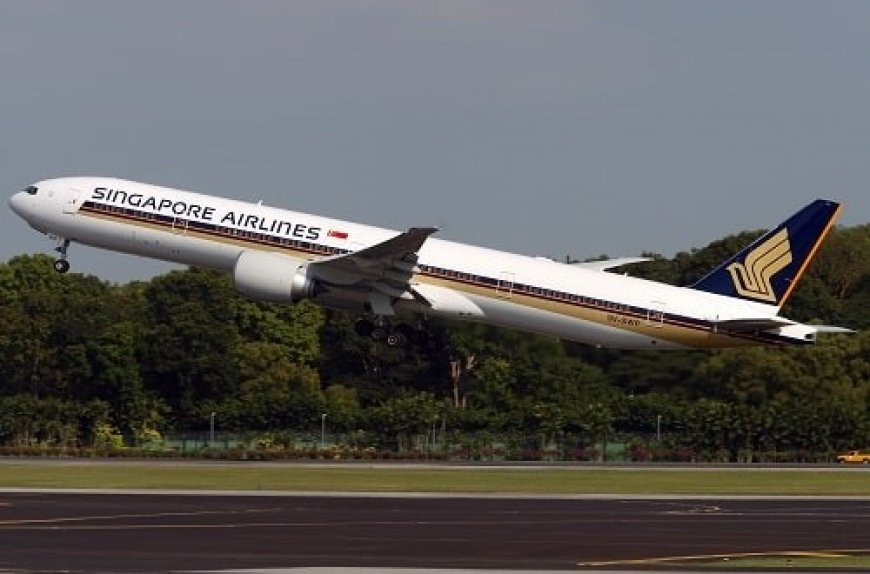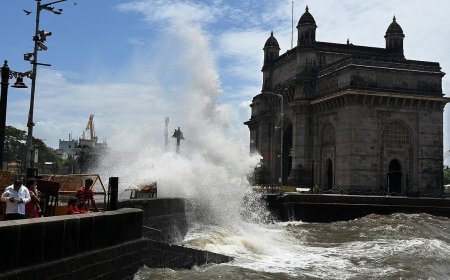Mumbai,Singapore: On December 11, passengers aboard Singapore Airlines flight SQ424, traveling from Singapore to Mumbai, experienced discomfort when rainwater began leaking into the cabin, raising significant safety concerns. Approximately 20 economy class seats were affected by the leak, caused by heavy rainfall in Singapore. In an attempt to address the situation, the cabin crew covered the damp seats with plastic sheets and provided passengers with tissues, blankets, and fresh seat covers.
Passenger Siddhesh Vartak, who was aboard the flight, expressed concerns about the safety implications, particularly the possibility of structural issues caused by the leakage. Despite this, passengers were instructed to remain in their damp seats and continue the flight. Vartak noted that when passengers raised their discomfort, the crew responded unprofessionally. An official inspection was conducted before takeoff, and the aircraft was cleared for flight.
Singapore Airlines responded by acknowledging the issue, attributing the rainwater seepage to the heavy rainfall experienced in Singapore prior to departure. The airline assured that the leakage stopped shortly after takeoff and emphasized that passenger safety remains its top priority. Singapore Airlines later issued an apology to those affected by the incident.
Experts in aviation safety, including Captain Mohan Ranganathan, raised serious concerns about the flight’s safety. They emphasized that any flight with possible structural concerns should be grounded for further inspection. They noted that in the worst-case scenario, cabin depressurization could have required an emergency landing. Investigators from the Aircraft Accident Investigation Bureau (AAIB) are looking into the source of the leak, questioning whether the water ingress was a result of a fuselage crack or another issue, both of which could pose serious risks for flight safety.
Aviation safety regulations, such as those from the Federal Aviation Administration (FAA), require rigorous inspection and maintenance programs to maintain structural integrity and prevent in-flight emergencies. Following the incident, Singapore Airlines is expected to review its safety protocols and inspection processes to ensure the incident does not recur in the future.
While the flight ultimately landed safely in Mumbai, this incident has sparked broader questions about the thoroughness of pre-flight inspections and the airline's commitment to ensuring passenger safety. Experts and passengers alike have called for a closer look at aviation safety standards to ensure such incidents do not jeopardize passenger well-being in the future.




 Previous
Article
Previous
Article












